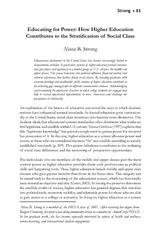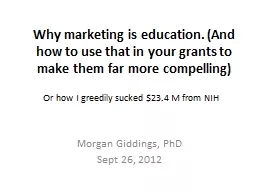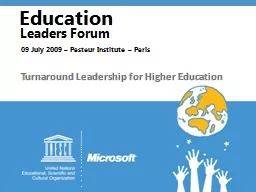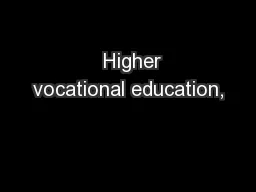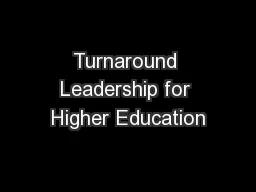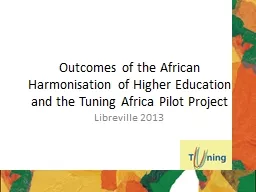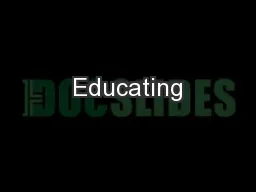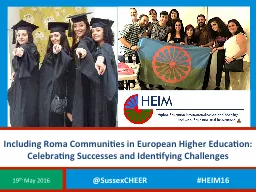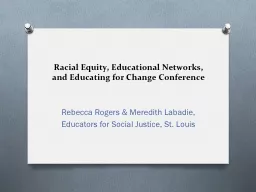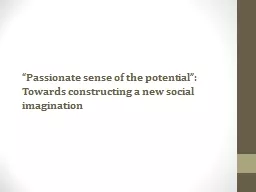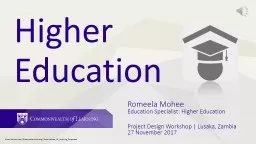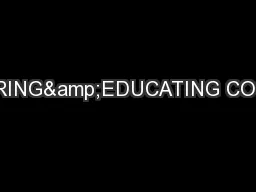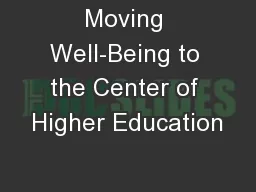PDF-Educating for Power How Higher Education RQWULEXWHVWR
Author : min-jolicoeur | Published Date : 2015-05-21
Strong Educational attainment in the United States has become increasingly linked to socioeconomic mobility In particular systems of higher education provide resources
Presentation Embed Code
Download Presentation
Download Presentation The PPT/PDF document "Educating for Power How Higher Education..." is the property of its rightful owner. Permission is granted to download and print the materials on this website for personal, non-commercial use only, and to display it on your personal computer provided you do not modify the materials and that you retain all copyright notices contained in the materials. By downloading content from our website, you accept the terms of this agreement.
Educating for Power How Higher Education RQWULEXWHVWR: Transcript
Download Rules Of Document
"Educating for Power How Higher Education RQWULEXWHVWR"The content belongs to its owner. You may download and print it for personal use, without modification, and keep all copyright notices. By downloading, you agree to these terms.
Related Documents

